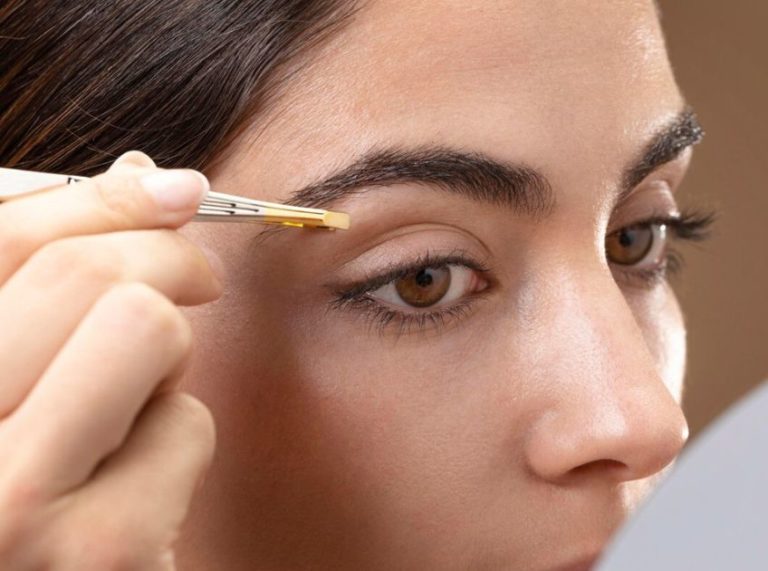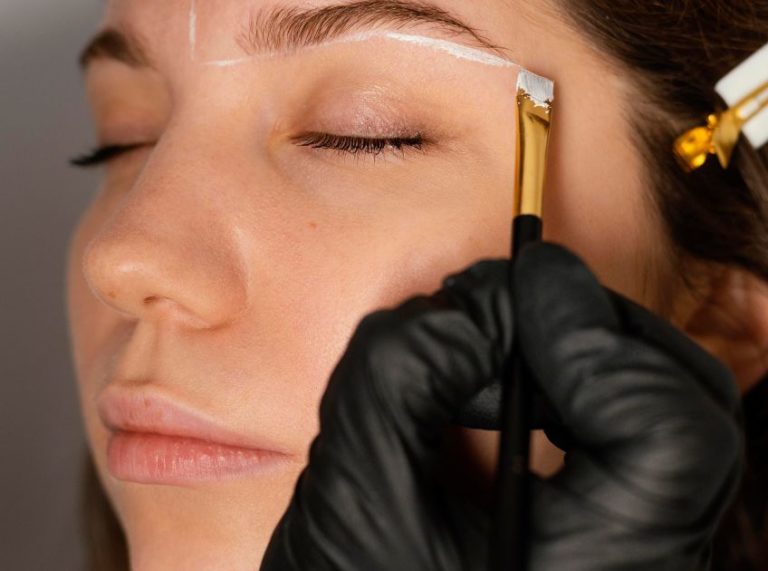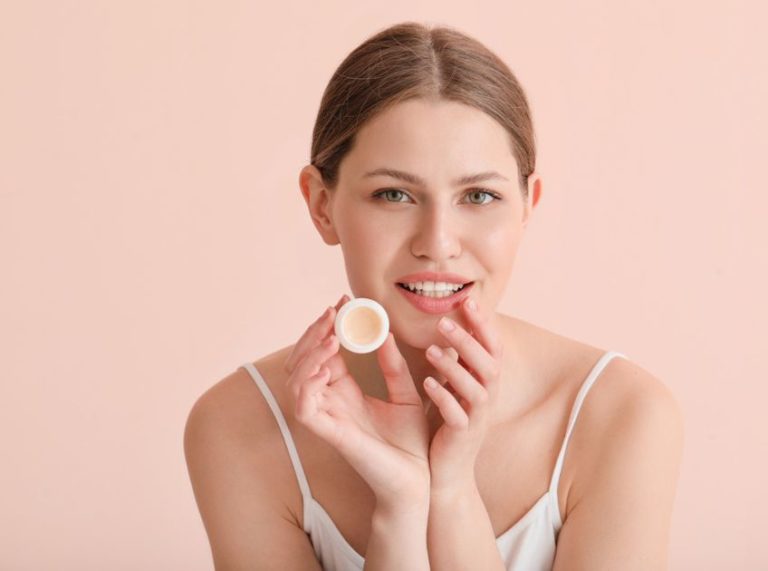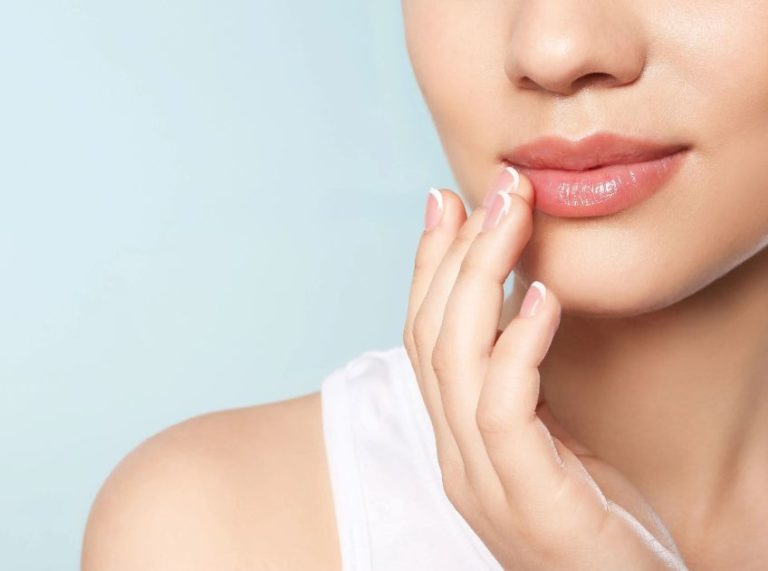
Important: This article is for informational purposes only. Please read our full disclaimer for more details.
If you’re bored with basic lip balms and want something more fun yet nourishing, color changing lip oil might be your new favorite. It reacts with your skin’s pH, giving you a customized tint—while keeping your lips soft, glossy, and protected.
This post shares two easy DIYs, benefits, the science behind them, and expert-backed safety tips for use.
Looking for Soft Lips with a Pop of Color? This DIY Oil Delivers Both
Tired of reapplying lipstick or layering balm over dry lips? A color changing lip oil reacts with your natural pH, giving you a unique flush while hydrating deeply. It’s glossy, light, and totally customizable—perfect for daily use or as a skincare gift.
Why You’ll Love Color-Changing Lip Oil
- Gives a custom tint based on your natural pH
- Doubles as a lip moisturizer and gloss
- Contains natural oils to soften and heal dry lips
- Free from artificial dyes and harsh chemicals
- Long-lasting color with minimal touch-ups
What Makes It Work? The Science Behind the Tint
Color-changing lip products use pH-sensitive ingredients like red cabbage extract or FD&C dyes that shift shade depending on your skin’s acidity (1). Some formulas also use anthocyanins (2), natural plant-based pigments, which change color based on pH.
This shift is a chemical reaction—as your lips’ pH leans slightly acidic, it triggers the dye to release a pink or berry tone. Oils like coconut, jojoba, and vitamin E serve as carriers and hydrate the skin barrier simultaneously.
Components That Create the Magic
- Anthocyanins (from red cabbage or hibiscus): Natural pH-sensitive colorants
- FD&C Red No. 27 (optional): FDA-approved color additive used in cosmetics
- Vitamin E oil: An Antioxidant that protects and softens lips
- Castor oil: Enhances shine and smoothness
- Jojoba/coconut oil: Deeply hydrates and mimics skin’s natural sebum
According to the Journal of Cosmetic Science, pH-reactive dyes and plant-based anthocyanins are stable and safe when used in appropriate concentrations in personal care products.
When Should You Discontinue Use?
Stop using your DIY lip oil if you experience:
- Tingling, burning, or itching sensation
- Peeling or flaking of the lips
- Unusual discoloration or blotchy stain
- Any signs of an allergic reaction (rash or bumps)
Always do a patch test on your wrist before applying it to your lips.
Can I Adjust the Ingredients for Different Effects?
Yes, here’s how to tweak your recipe:
- More color payoff? Add extra pigment or pH-reactive extract
- Glossier finish? Increase the ratio of castor or almond oil
- Firmer texture? Add a small amount of beeswax
- Scented version? Add 1–2 drops of food-safe essential oil like peppermint or vanilla.
Is Color-Changing Lip Oil Safe for Daily Use?
Yes—when made with skin-safe, food-grade, or cosmetic-grade ingredients:
- Use natural dyes like red cabbage, beetroot, or hibiscus for safety
- Avoid using essential oils in high amounts
- Never use food coloring not intended for cosmetic use
- Make fresh batches monthly to ensure product stability
2 Best DIY Color-Changing Lip Oil Recipes
1. Red Cabbage-Infused Lip Oil (Plant-Based Tint)
A fun, natural way to create a soft pink or berry hue based on your skin’s pH.
Ingredients:
- 2 tbsp jojoba oil
- 1 tbsp coconut oil
- 1 tsp red cabbage juice (strained)
- 2–3 drops of vitamin E oil
Directions to Use:
- Gently heat the coconut oil until melted.
- Mix in jojoba oil and red cabbage juice.
- Add vitamin E oil and stir well.
- Pour into a clean lip gloss container or roller bottle.
How to Apply:
- Shake before each use
- Apply a thin layer to clean lips
- Wait a few seconds for the color to develop
- Reapply as needed throughout the day
Storage:
- Store in a cool, dry place or refrigerate
- Use within 2–3 weeks
- Shake well before each use
2. Beetroot & Castor Oil Gloss Tint (Bold Glow)
This version gives a stronger color payoff and a glossy shine.
Ingredients:
- 1 tbsp beetroot powder or beet juice concentrate
- 1 tbsp castor oil
- 1 tbsp sweet almond oil
- ½ tsp shea butter (optional for creamier texture)
Directions to Use:
- Warm castor oil and almond oil gently on low heat.
- Stir in shea butter until melted.
- Add beetroot powder and mix thoroughly.
- Strain if needed and pour into a lip gloss tube.
How to Apply:
- Roll or dab a small amount onto the lips
- Let the color adjust to your natural tone
- Use on bare lips or over lip liner for a bolder look
- Reapply 2–3 times daily for hydration
Storage:
- Keep in a cool, dry place away from direct sunlight
- Shelf life: up to 1 month if stored properly
- Avoid water contamination to preserve the formula
Frequently Asked Questions (FAQ’S)
1. Can I wear it under lipstick or gloss?
A Yes. It works well as a hydrating primer with a tinted base, helping lipstick last longer.
2. Will it stain my lips permanently?
A No. The tint fades naturally within hours and can be removed with a makeup remover or oil.
3. Is it safe for kids or teens?
A If made with food-grade ingredients like beetroot or red cabbage, yes. Avoid synthetic dyes or strong essential oils.
DIY color changing lip oil is more than just a trend—it’s a fun, functional beauty solution that hydrates while giving your lips a personalized flush. With just a few ingredients, you can create a clean, safe, and vibrant alternative to store-bought glosses. Try one of the recipes and enjoy lips that glow with color and care.















